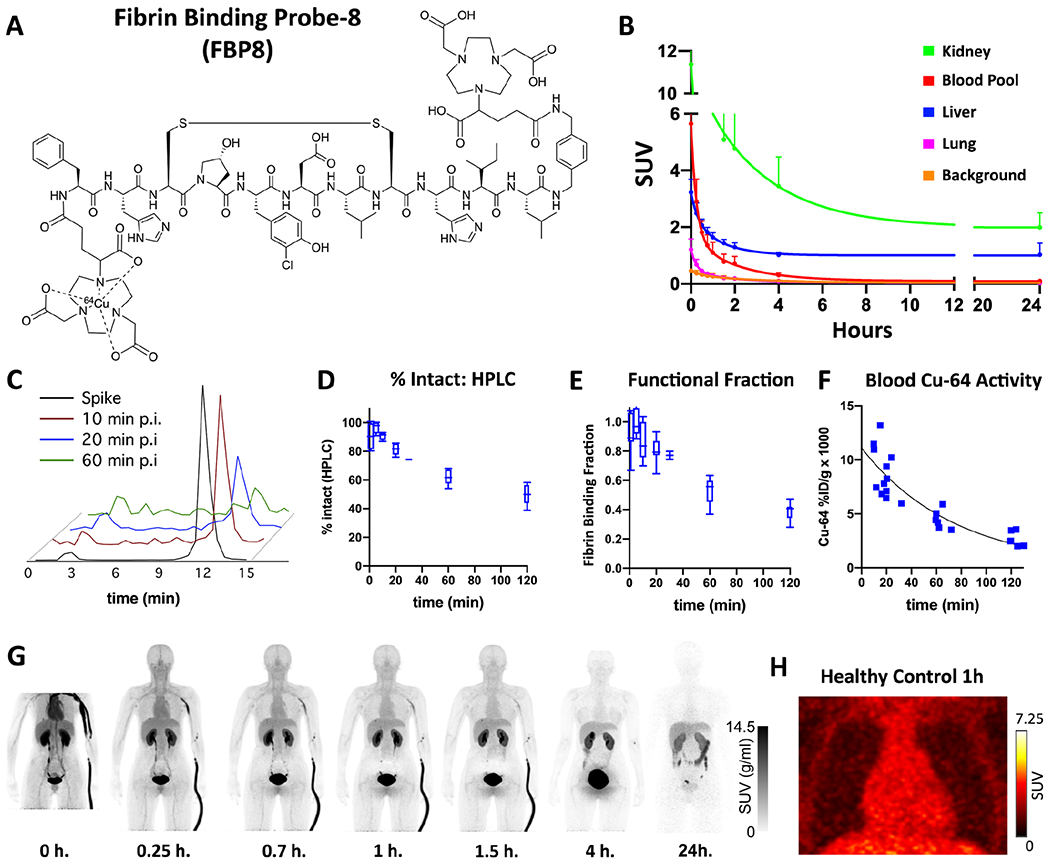Figure 1. Structure and properties of 64Cu-FBP8.

(A) The probe consists of a 6 amino-acid cyclic peptide with a high affinity for fibrin, conjugated to a 64Cu-containing chelator (NODAGA). (B) Average time activity curves (TACs) from 5 healthy subjects, expressed as SUV (g/ml), show a relatively rapid reduction of the PET signal in the blood and lung, accompanied by renal and hepatic elimination. Image analysis of the blood pool showed that 64Cu-FBP8 was eliminated from the blood in a bi-exponential manner typical of radiotracers with extracellular distribution and renal clearance, with an initial distribution phase (alpha t1/2 = 6.9 ± 3.0 min) followed by an elimination phase (beta t1/2 = 68 ± 2 min). (C-F) Chemical analysis of blood samples taken from healthy volunteers injected with [64Cu]FBP8. (C) High Performance Liquid Chromatography (HPLC) of 64Cu-containing moieties in the blood at various times postinjection shows that the majority of 64Cu activity is intact [64Cu]FBP8 which has a retention time of 12 minutes. (D) [64Cu]FBP8 is stable in blood, with >60% of the probe still intact by HPLC one hour after injection. (E) Over 50% of the probe remains functional and able to bind fibrin 1 hour after injection. (F) The clearance of 64Cu activity from the blood, measured by venous blood sampling and expressed as %ID/g, indicates a one-hour blood elimination half-life (beta t1/2 = 57 ± 7 min). (G-H) Biodistribution of [64Cu]FBP8 in a healthy control subject shows a substantial reduction in the background thoracic signal within 1 hour of injection, and a near-complete loss of background by 4 hours. Elimination of the probe in the bladder and gallbladder is clearly seen. (H) Magnified view of the thorax at 1 hour showing no evidence of focal [64Cu]FBP8 uptake in either the heart or lungs.
